10 Evergreen Picture Books That Still Influence Today’s Bestsellers
- Jul 15
- 5 min read
Why Classic Picture Books Still Matter
Don’t we all still remember the colorful illustrations and charming stories of the early picture books that our parents and grandparents read to us, filling our childhoods with wonder? They were stories that took us to magical worlds, as we snuggled in warm, familiar spaces, surrounded by the comforting aroma of home and the gentle sound of voices we knew. Those weren’t just stories; they were moments echoing with suspenseful whispers, booming laughter, and the chilling rustle of unseen wings that sparked our wildest imaginations.
Classic picture books are more than cherished childhood memories; their vibrant illustrations and engaging stories leave a lasting impact on young minds. Their influence on the way we write, illustrate, and publish children’s stories today is undeniable; their works shaped modern techniques. Whether through emotionally resonant stories, playfully inventive plots, or the exploration of timeless themes, these books continue to shape the landscape of modern bestsellers, their impact echoing in contemporary works.
Even now, picking up one of these books, the fragile pages whispering tales of the past feels like opening a time capsule. The tag ‘evergreen’ fits them perfectly. Join us as we explore 10 iconic picture books and discover their lasting impact on the landscape of contemporary children’s literature.

1. Where the Wild Things Are by Maurice Sendak (1963)
This book didn’t just tell a story; it was a journey into another world, full of unforgettable characters and exciting events. Sendak’s stories provided a safe place for the often confusing and overwhelming emotions of anger and loneliness—feelings children frequently keep hidden.
Why it matters: It explores deep-seated childhood emotions, offers an insightful portrayal of child psychology, and creates a fantastical and captivating world.
Books it inspired: The Rabbit Listened by Cori Doerrfeld, My Monster and Me by Nadiya Hussain
An interesting read about the book and its author: More than half a century has passed since its debut, yet 'Where the Wild Things Are' endures its powerful imagery and timeless themes, cementing its status as the greatest children's book ever Read more.
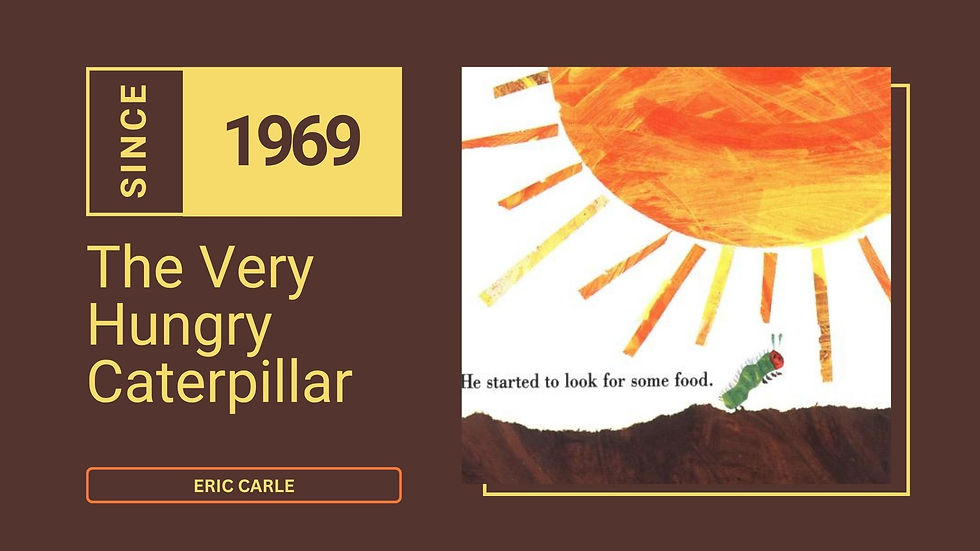
2. The Very Hungry Caterpillar by Eric Carle (1969)
It’s hard to think of childhood without this little caterpillar. With its bright collage-style illustrations and fun die-cut pages, this book turned learning into a visual treat.
Why it matters: It helps children learn numbers, days of the week, and sequencing interactively and engagingly.
Books it inspired: Press Here by Hervé Tullet, Mix It Up! by Hervé Tullet.
An interesting read about the book and its author:

3. Goodnight Moon by Margaret Wise Brown (1947)
A whisper-soft classic that turned bedtime into a ritual. It's dreamy cadence and simple illustrations wrapped generations of children in a gentle goodnight hug.
Why it matters: The book instills a bedtime routine through poetic rhythm and sensory calm.
Books it inspired: Goodnight, Goodnight, Construction Site, The Going to Bed Book by Sandra Boynton.
An interesting read about the book and its author: 10 Things You Might Not Know About 'Harold and the Purple Crayon' and Its Creator, Read More.

4. Harold and the Purple Crayon by Crockett Johnson (1955)
With just a crayon, Harold creates his world. It’s a beautiful metaphor for creativity and control, showing kids they can draw their path.
Why it matters: The minimalist storytelling style nurtures imagination, creativity, and independence.
Books it inspired: Journey by Aaron Becker, The Dot by Peter H. Reynolds.
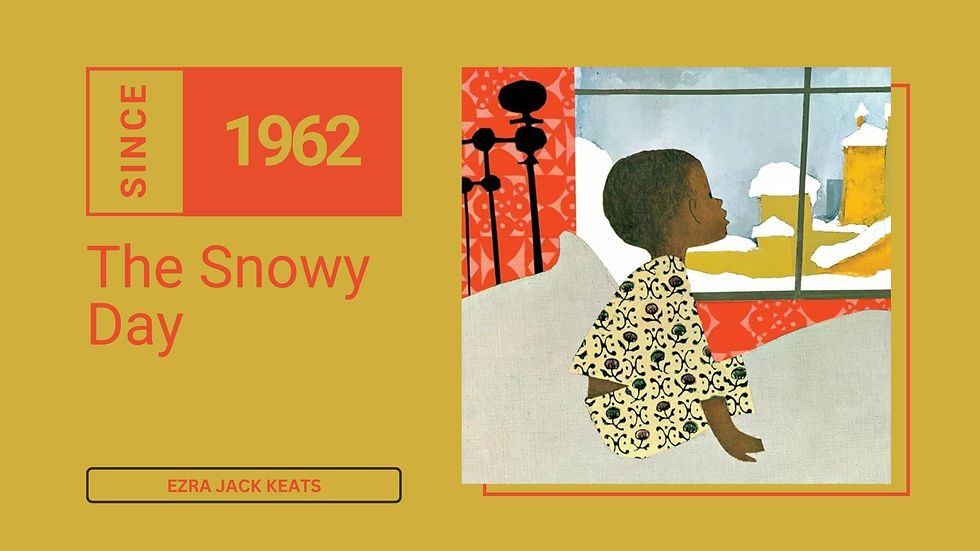
5. The Snowy Day by Ezra Jack Keats (1962)
Peter’s quiet exploration of a snowy neighborhood was revolutionary. Not just for its beautiful visuals, but because it featured a Black child as the main character in an everyday setting.
Why it matters: It highlights everyday diversity, slice-of-life realism, and childlike wonder.
Books it inspired: Last Stop on Market Street by Matt de la Peña, Eyes That Kiss in the Corners by Joanna Ho

6. Brown Bear, Brown Bear, What Do You See? by Bill Martin Jr. and Eric Carle (1967)
Its rhythm and repetition helped children recognize patterns, colors, and animals. It’s musical, visual, and unforgettable.
Why it matters: A perfect choice for early literacy, using predictable structure and repetition to make color learning fun.
Books it inspired: Pete the Cat: I Love My White Shoes, Chicka Chicka Boom Boom
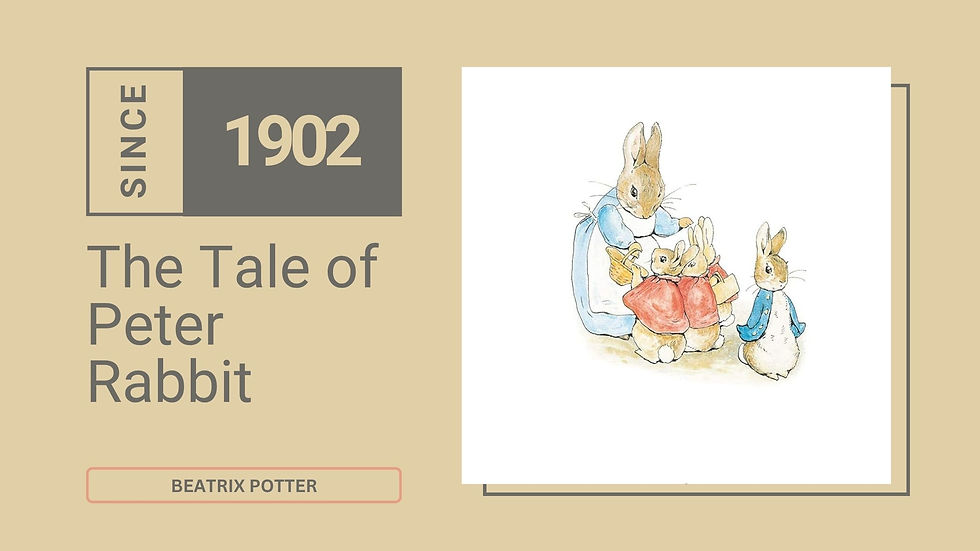
7. The Tale of Peter Rabbit by Beatrix Potter (1902)
A naughty rabbit, a stern mother, and a garden full of adventure. Potter blended humor and morality in a way that still feels fresh over a century later.
Why it matters: The natural setting, mischievous tone, and animal characters offer both delight and life lessons.
Books it inspired: The Gruffalo by Julia Donaldson, Olivia by Ian Falconer
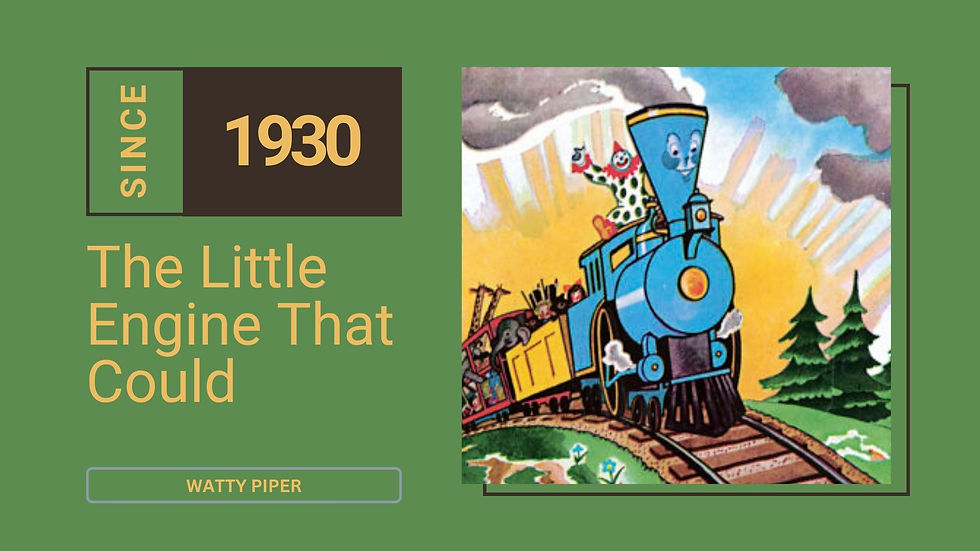
8. The Little Engine That Could by Watty Piper (1930)
Who didn’t chant “I think I can, I think I can” as a child? This story of grit and determination gave us one of the first literary lessons in mindset.
Why it matters: It builds character in young readers with messages of perseverance, self-belief, and motivation.
Books it inspired: The Most Magnificent Thing by Ashley Spires, Giraffes Can’t Dance by Giles Andreae
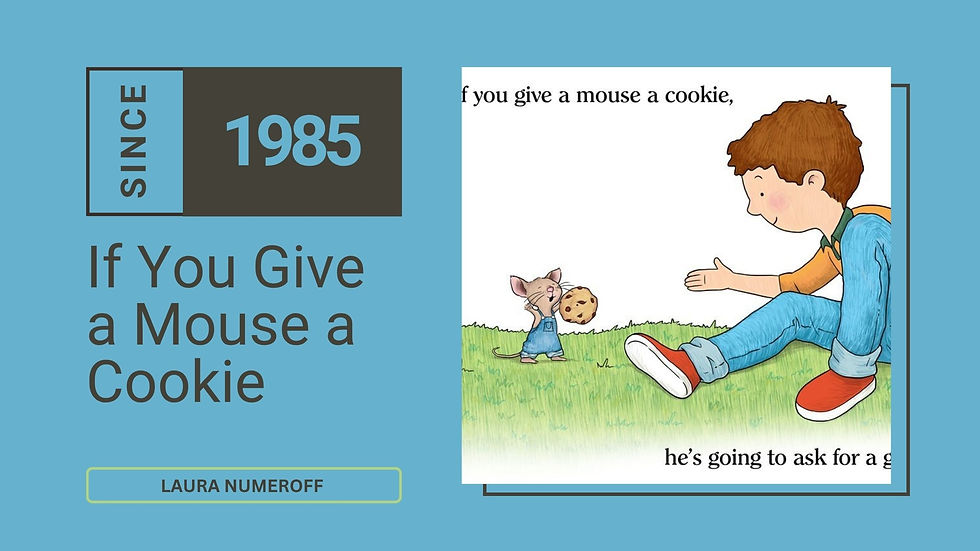
9. If You Give a Mouse a Cookie by Laura Numeroff (1985)
This playful, looping tale shows just how far one tiny act can go. Its cause-and-effect structure makes it fun to read and easy to predict.
Why it matters: It brought circular storytelling and humor to the forefront, making narrative structure part of the fun.
Books it inspired: Dragons Love Tacos by Adam Rubin, There’s a Monster in Your Book by Tom Fletcher

10. Millions of Cats by Wanda Gág (1928)
This one is darker than you remember. With its folk-art visuals and unusual moral ending, it gave kids something different to think about — and showed that picture books could be more than just sweet.
Why it matters: The book’s visual pacing, dark humor, and moral ambiguity make it a standout among early children’s literature.
Books it inspired: I Want My Hat Back by Jon Klassen, This Is Not My Hat
Final Thoughts: Classic Roots, Modern Growth
Each of these books has classic roots while embracing ideas that still feel modern. These picture books didn’t just tell stories — they taught us how to tell them, with rhythm, honesty, imagination, and heart. The fact that they still echo in today’s bestsellers proves their timeless power.
So, the next time you reach for a modern favorite, take a moment to trace its roots. You might just hear the echoes of these evergreen classics, whispering their timeless wisdom through every page.
Take advantage of signing up for our newsletter (We promise to send only one email a month, and you can unsubscribe anytime). Have a picture book? Send it to us so we may review it. Remember to read our book reviews and browse our resources section.



Comments